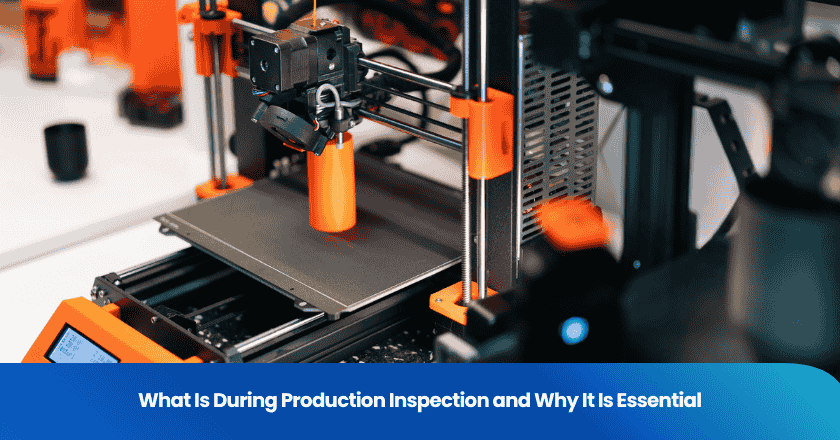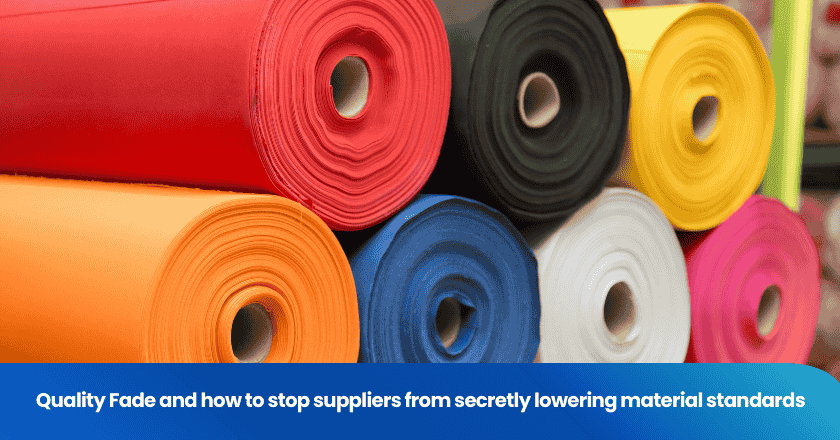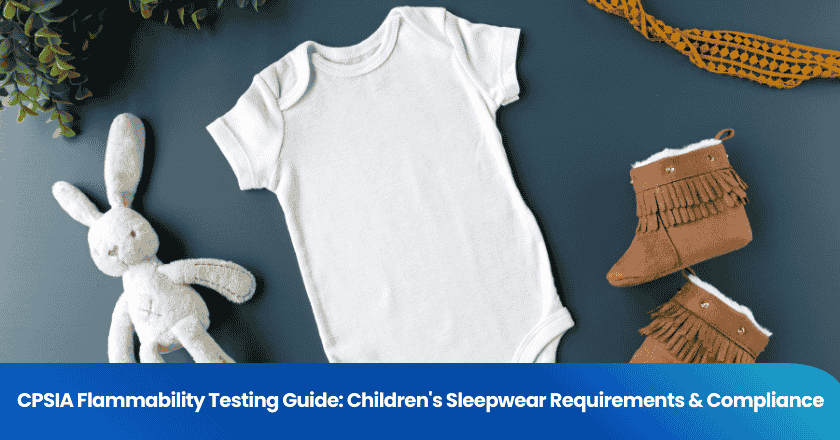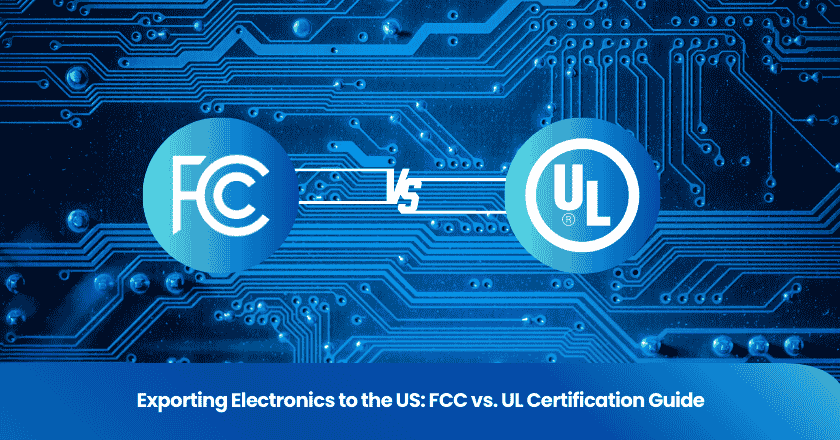
During production inspection (DUPRO) takes place while manufacturing is underway, usually after a portion of production is complete but before all products are finished. You use this inspection to monitor quality, catch defects early, and reduce risk. By focusing on quality control inspection during this stage, you can prevent costly errors and avoid reworking large batches.
You ensure that products meet specifications and maintain consistent quality from the start.
During Production Inspection Overview
What Is During Production Inspection
You conduct during production inspection to monitor the quality of products while manufacturing is still in progress. This inspection typically takes place when 10-15% of production is complete, allowing you to identify issues before they affect the entire batch. You use this process to check whether products meet specifications and to verify that the production process follows established standards.
During production inspection differs from other types of inspections. You do not wait until all products are finished or shipped. Instead, you intervene early to address problems as they arise.
The table below highlights the key differences between inspection types:
| Inspection Type | Timing of Inspection | Purpose of Inspection | Stage of Production Associated |
|---|---|---|---|
| During Production Inspection | Conducted when 10-15% of production is completed | Provides early indication of product quality and addresses issues promptly | Throughout the production process |
| Pre-Shipment Inspection | Conducted after 100% production is completed | Confirms product specifications and quality before shipment | Final stage before shipment |
| Container Loading Inspection | Conducted after goods are packaged and loaded | Verifies specifications, labels, and packaging meet buyer's requirements | After production and packaging |
You can implement inspections at different stages to suit your needs. Manufacturers often use three main stages:
| Stage of Inspection | Description |
|---|---|
| Pre-Production Assessment (PPA) | Focuses on assessing raw materials and components before production begins to ensure they meet standards. |
| In-Process Assessment (IPA) | Involves real-time monitoring of the manufacturing process to detect flaws as they occur. |
| Final Quality Assessment (FQA) | Conducted after production to ensure the final product meets quality standards before delivery. |
During production inspection falls under the in-process assessment stage. You use this approach to catch problems early and maintain control over the production process.
Why It Matters
You rely on during production inspections to protect your business from costly mistakes and ensure consistent quality. Early detection of defects allows you to take corrective action before problems escalate. You avoid reworking large batches and reduce waste, which saves time and resources.
The most common types of defects you may encounter include:
- Design defects
- Deviations in quality control
- Environmental defects
- Assembly defects
- Packaging and labeling defects
You can classify defects into three categories:
| Defect Category | Description |
|---|---|
| Minor | Small imperfections that do not affect functionality but may impact perceived quality. |
| Major | Serious defects that compromise usability or safety, often leading to rejection during inspections. |
| Critical | Severe defects posing safety risks or regulatory non-compliance, leading to product recalls. |
You face several challenges when implementing during production inspections. These include time-consuming processes, coordination between teams, errors and lost records, and the need for continuous training. You must manage inspections efficiently and ensure that your team communicates effectively to address issues promptly.
Different industries adapt inspection processes to meet specific requirements. You may tailor inspections to assess construction, appearance, functionality, and performance. You also evaluate facility conditions, raw materials, packaging, and workmanship. For example:
- Aerospace manufacturers focus on safety, documentation, and traceability.
- Medical device manufacturers emphasize compliance with FDA and ISO standards and risk management.
- Electronics and consumer products sectors adjust inspections for component qualification, cost optimization, and market feedback.
You benefit from during production inspection by maintaining high standards and delivering reliable products to your customers. This proactive approach helps you build trust and strengthen your reputation in the market.
Timing and Process of Inspections
When to Conduct During Production Inspections
You should schedule during production inspection at a strategic point in the production process. Most manufacturers recommend conducting inspections when 10% to 80% of production is complete, with the most common window falling between 20% and 80%. This timing allows you to catch issues early, but still provides enough finished units for a meaningful assessment. Early inspections, such as initial production checks, help you identify problems before they affect the entire batch. Later inspections, closer to final inspection, confirm that corrective actions have worked and that the rest of the production meets your standards.
By aligning your inspection schedule with production milestones, you ensure effective production monitoring and minimize the risk of large-scale defects.
Steps in the Inspection Process
A structured inspection process helps you maintain quality and consistency throughout manufacturing. You typically follow these steps:
| Step | Description |
|---|---|
| 1 | Establishing Clear Quality Standards: Define and document quality standards accessible to all team members. |
| 2 | Training for In-Process Inspection: Equip inspection teams with necessary skills and knowledge through comprehensive training programs. |
| 3 | Using the Right Tools and Equipment: Ensure the use of accurate and reliable tools for effective inspections. |
You also need to coordinate closely with your suppliers and production teams to ensure smooth inspections. Consider these best practices:
- Coordinate inspection schedules with production plans to minimize disruption.
- Take into account production cycles, inventory levels, and operational capacity for optimal timing.
- Ensure thorough assessment coverage while maintaining production efficiency.
- Establish clear contractual obligations with suppliers.
- Maintain ongoing oversight and transparent communication.
- Use advanced technology and continuous training to manage compliance.
By following these steps, you create a robust inspection system that supports both quality and efficiency. This approach helps you address issues early, avoid costly rework, and deliver products that meet your customers’ expectations.
Early Detection of Defects and Quality Control
Identifying Issues Early
You gain a significant advantage when you identify issues early in the production process. During production inspection allows you to spot problems before they become widespread. This approach ensures that you address quality issues at the source, reducing the risk of missed defects in the final inspection. By using advanced inspection methods, such as AI-driven systems, you can improve the accuracy of product quality checks and catch subtle defects that human inspectors might overlook.
- AI-driven quality control can reduce false rejections by up to 30%, which increases output without sacrificing quality.
- Early detection of defects can prevent losses of up to €2 million annually by identifying issues before they reach full production.
- High-end detection systems ensure that only quality materials move forward, reducing the risk of defects in finished products.
- Continuous feedback from inspection systems helps you isolate points of quality loss, which enhances overall product integrity.
You benefit from these improvements by maintaining consistent quality and reducing the chance of costly recalls. Early inspections also help you set and track quality goals, leading to better outcomes for your products.
Preventing Costly Rework
You can avoid expensive rework by integrating during production inspections into your quality control inspection strategy. When you catch problems early, you minimize the need for repairs or replacements later in the production cycle. This proactive approach saves time, reduces waste, and keeps your production schedule on track.
Poor inspection management can lead to costly rework and even product recalls. Defective products may require expensive repairs or replacements, which impacts your profit margins. Increased labor costs often result from additional staff needed to handle inspection issues. By focusing on early detection, you reduce waste, lower production expenses, and ensure that your products meet quality standards before reaching customers.
Tip: Investing in prevention strategies not only reduces the likelihood of defects but also eliminates downstream costs, such as rework and customer complaints. This leads to improved financial outcomes and a stronger reputation for quality.
What Inspections Check
Product Specifications
You rely on inspections to verify that products meet all required specifications. During production, you check for adherence to specifications by reviewing both visual and functional aspects. Inspections often include physical measurements, material verification, and assessments of workmanship. You also test product functionality and safety to ensure compliance with industry standards. The following table summarizes the most frequently checked product specifications:
| Specification Type | Details |
|---|---|
| Product Quality Checks | Visual and physical checks, Measurements against approved specs, Material and component verification |
| Functional Testing | Product functionality tests, Safety and durability assessments |
| Workmanship Review | Stitching, welding, gluing, Surface appearance, color matching |
You use these checks to confirm that products align with customer expectations and regulatory requirements. Inspections at this stage help you identify defects early and maintain consistent quality.
Quantity and Sampling
You determine the quantity of products to inspect by following a structured sampling process. This approach ensures that your inspection covers a representative portion of the production batch. You typically use the Acceptable Quality Limit (AQL) standard to guide your sampling decisions. Here is how you determine the sample size for inspections:
1. Identify the batch size for your production run.
2. Select the appropriate AQL level based on your industry’s quality requirements.
3. Refer to the AQL table, which follows the ANSI ASQ Z1.4 standard.
4. Determine the sample size that matches your batch size and AQL level.
5. Conduct the inspection using the specified sample size.
6. Make decisions about accepting or rejecting the batch based on your findings.
This process helps you maintain high quality while optimizing inspection resources.
Packaging and Labeling
You check packaging and labeling to ensure products arrive safely and meet customer requirements. Inspections focus on the accuracy of shipping marks, logos, and barcodes. Common errors include misaligned printing, missing information, or incorrect templates.
You prevent costly mistakes by verifying packaging and labeling during production. This step ensures that products reach customers in perfect condition and with correct information.
Who Performs Inspection
Third-Party vs. In-House Inspections
You have two main options when deciding who should carry out inspections during production: in-house teams or third-party specialists. Each approach offers unique benefits and challenges.
- In-house inspections give you deep product knowledge. Your team understands the critical stress points and common failure modes of your products. You receive immediate feedback, which allows you to address problems in real time. For high-volume production, you may also see cost savings since fixed salaries can lower the cost per inspection. However, as your production grows, your in-house team may struggle to keep up. Long-term relationships with factory management can sometimes compromise the integrity of inspections. Your team may also lack specialized expertise in areas like material science or regulatory compliance.
- Third-party inspections provide impartiality. These inspectors offer an unbiased perspective on product quality and often bring advanced knowledge and equipment. They help ensure your products meet specifications and industry standards. However, third-party inspectors may not understand the nuanced details of your products as well as your own team.
Choosing between these options depends on your production scale, the complexity of your products, and your quality assurance goals.
Tools and Reporting
You rely on modern tools and technologies to make inspections more effective and transparent. Digital platforms allow you to include photos and notes for each inspection item, which improves communication and speeds up issue resolution. These platforms offer flexibility and clarity, reducing misunderstandings between team members.
You benefit from field-friendly data collection platforms that support real-time inspection and reporting. Integration with manufacturing execution systems (MES), enterprise resource planning (ERP), and quality management systems enhances compliance and reporting accuracy. AI-driven inspections require clean data to deliver reliable results.
Manufacturers track and report inspection outcomes through continuous production monitoring and daily reports. These reports include photos, progress updates, defect analysis, and corrective actions. Open communication with suppliers ensures you receive real-time feedback and recommendations, which strengthens your overall quality assurance process.
Integrating Inspections with Quality Control
Combining with Other QC Measures
You strengthen your quality control system when you integrate during production inspections with other quality control steps. This approach streamlines your workflow and reduces the need for separate training or manual data entry. You connect real-time inspection data directly to production records, which minimizes errors and improves traceability. You can track defects back to specific suppliers or production runs, making it easier to resolve issues and maintain compliance.
You also benefit from automating quality checks by integrating manufacturing operations management with your quality management system. This automation reduces manual inspections and streamlines communication between your quality and production teams. You achieve full traceability, which helps you meet industry standards and deliver reliable products.
- Integrating systems automates quality checks and reduces manual inspections.
- Streamlined communication enables quick issue resolution.
- Full traceability ensures compliance and supports continuous improvement.
Choosing an Inspection Service
Selecting a reliable inspection service is essential for maintaining high standards. You should evaluate providers based on accuracy, compliance support, scalability, usability, and vendor support.
Experienced providers deliver thorough and consistent inspections, which enhances your credibility and builds customer trust. Ongoing training and regular reviews help maintain consistency across technicians. Standardized inspection processes prevent discrepancies and ensure reliable assessments.
Tip: Choose an inspection service with proven experience and clear reporting tools. This decision supports your quality control step and helps you deliver high-quality products.
You play a vital role in maintaining quality and consistency through regular inspection. Inspections at key stages help you detect defects early and correct them before they impact your products or reputation. The table below highlights how inspection supports your business:
| Aspect | Description |
|---|---|
| Brand Reputation | Quality inspection protects your reputation and builds trust. |
| Customer Loyalty | Consistent inspection leads to higher customer loyalty. |
| Financial Impact | Early detection reduces waste and costs. |
| Operational Efficiency | Inspections allow more time for production, not rework. |
To implement effective inspection, define clear standards, set specifications, and establish direct communication between teams. Make inspections a standard part of your process to achieve long-term success.
FAQ
What is the main goal of inspections during manufacturing?
You use inspections to ensure products meet quality standards. These checks help you catch defects early, maintain consistency, and reduce the risk of costly errors.
How often should you schedule inspections in a production run?
You should schedule inspections at key stages, such as early, mid, and late production. This approach helps you monitor quality throughout the process and address issues as they arise.
Who is responsible for conducting inspections?
You can assign inspections to in-house teams or hire third-party specialists. The choice depends on your resources, expertise, and the complexity of your products.
What happens if you find defects during production inspection?
You take immediate corrective action when you find defects. This step prevents further issues, reduces waste, and keeps your production on track.
How do inspections improve customer satisfaction?
Inspections help you deliver reliable products. Consistent quality checks reduce complaints and returns, which builds trust and loyalty with your customers.
Grow your business with TradeAider Service
Click the button below to directly enter the TradeAider Service System. The simple steps from booking and payment to receiving reports are easy to operate.



